Attracting and retaining customers has never been more complex. Small and medium-sized businesses are expected to respond instantly, engage across multiple channels, and provide personalized experiences that rival large enterprises—all without the luxury of big teams or unlimited resources.
This challenge is intensified by today’s digital-first consumers, who expect 24/7 availability and seamless conversations whether they’re browsing online, messaging on social media, or calling your business. Falling short on these expectations often means lost sales, lower customer satisfaction, and shrinking loyalty.
At Vendasta Connect, industry leaders shared how conversational AI is helping businesses transform missed opportunities into measurable growth.
Never miss a lead—respond instantly across voice, SMS, WhatsApp, and chat
What Is Conversational AI (And Why It’s More Than Just Chatbots)
Conversational AI is a form of generative AI that enables computers to understand, process, and respond to human language in a natural, human-like way.
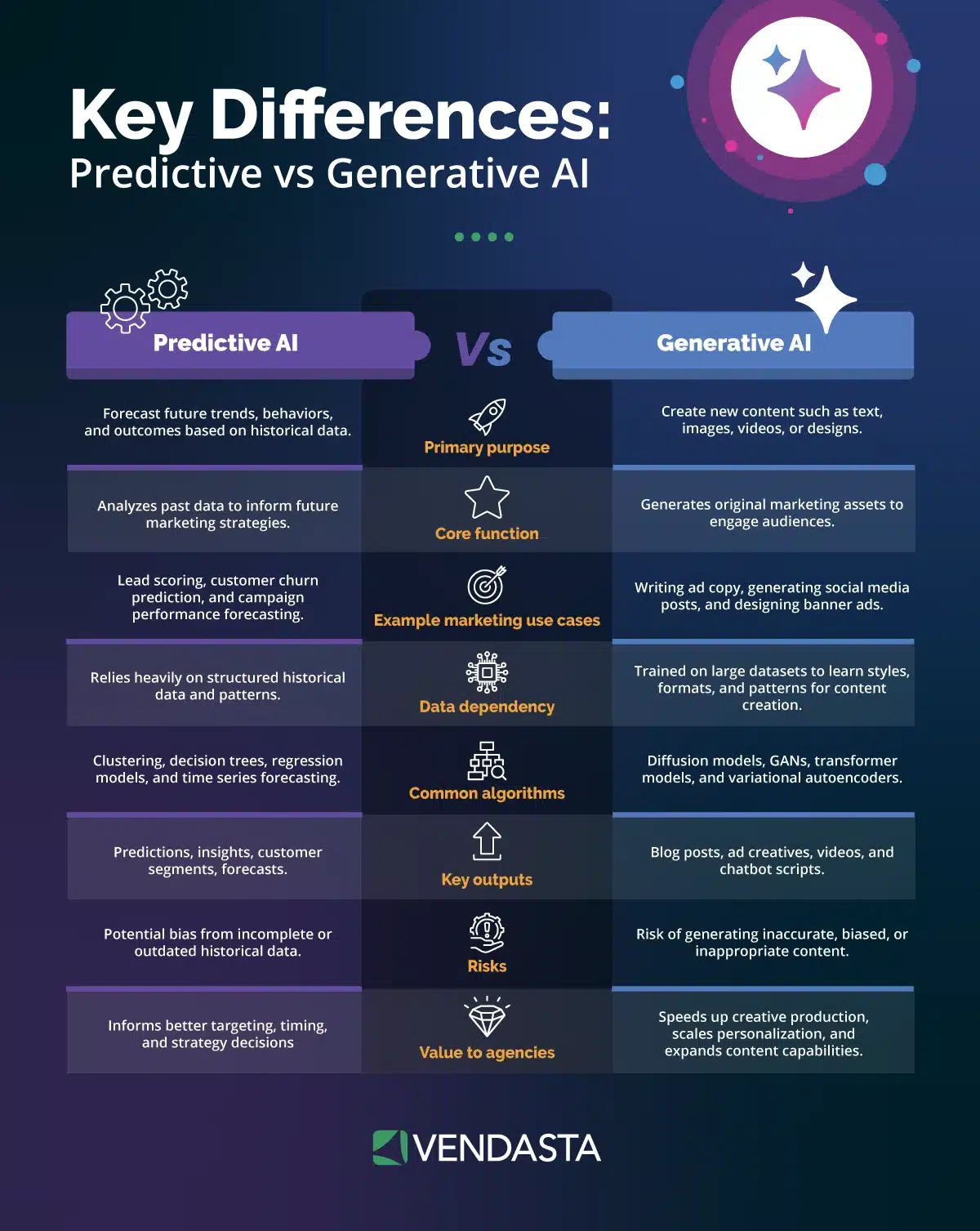
Unlike traditional rule-based chatbots that follow pre-scripted responses, conversational AI uses advanced technologies—like natural language processing (NLP), natural language understanding (NLU), and machine learning—to create fluid, context-aware conversations with customers and facilitate seamless customer journey automation.
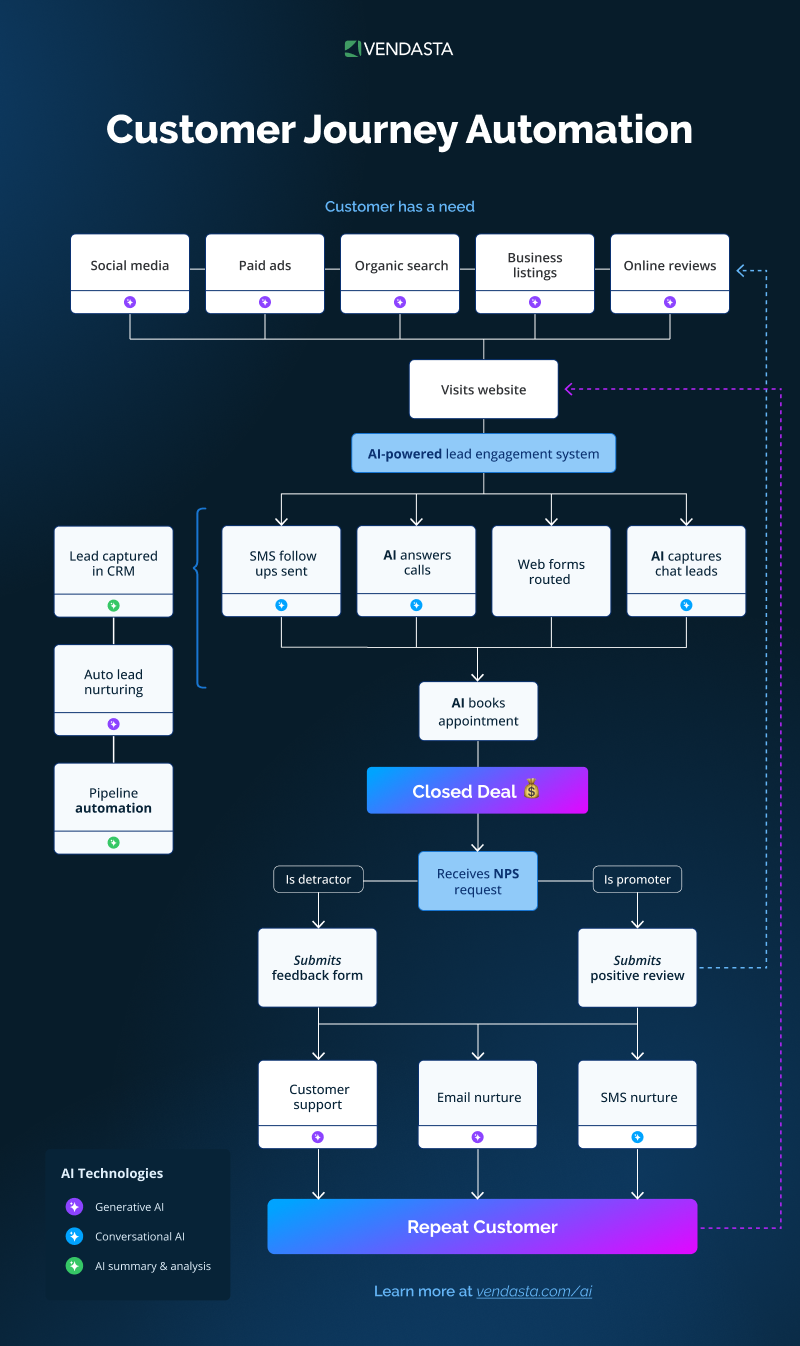
Conversational AI powers AI receptionists, interactive voice response (IVR) systems, and omnichannel chat solutions that can adapt to the customer’s intent, tone, and history with your business.
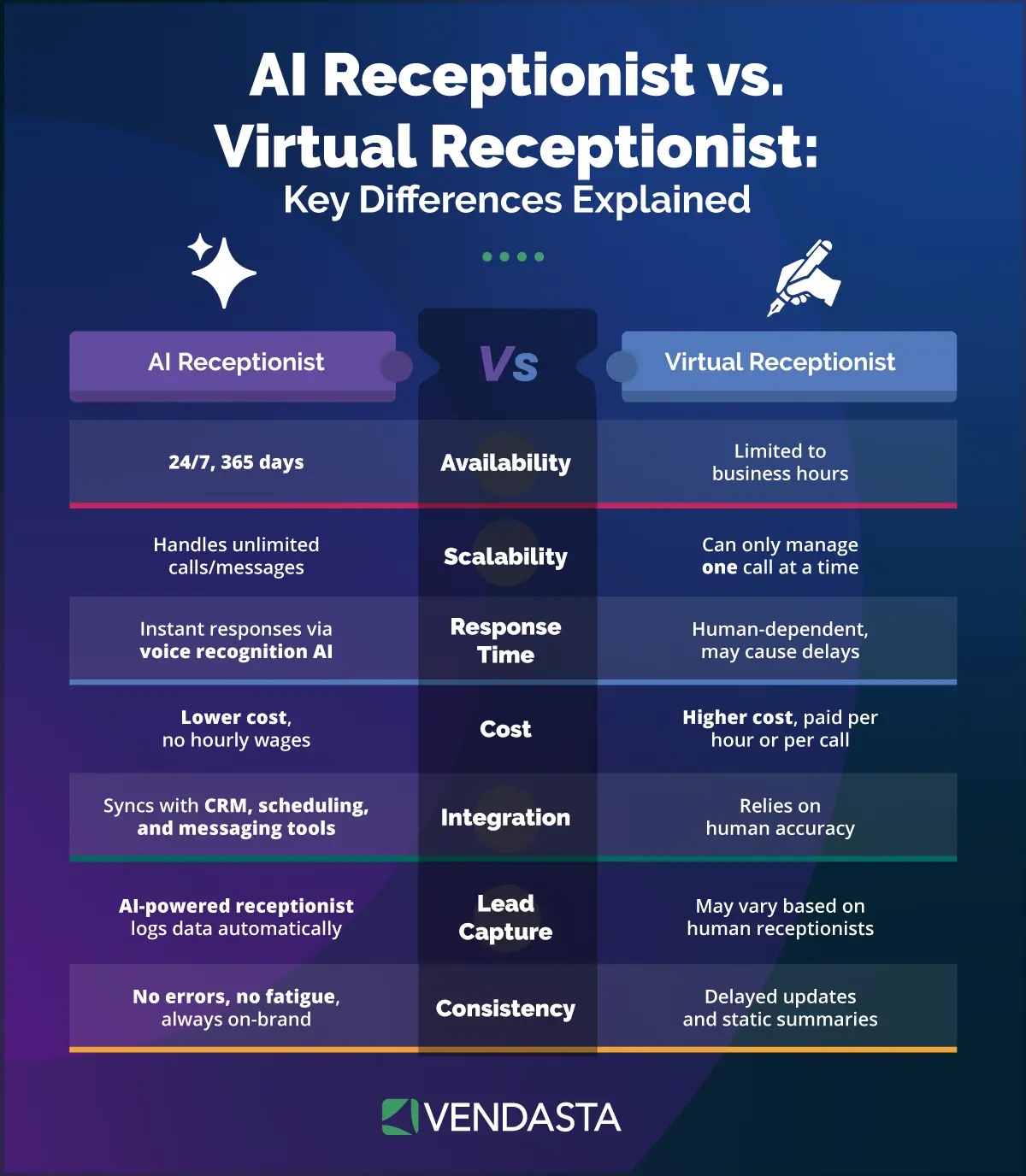
Instead of forcing people to fit their questions into rigid keywords, conversational AI interprets what the user really means, delivering faster and more accurate resolutions.
Why this matters for small and medium-sized businesses is simple: customers don’t just want quick answers—they want meaningful engagement.
Conversational AI provides this by pulling from a business’s unique data (purchase history, preferences, and past interactions) to personalize every exchange.
Whether it’s scheduling an appointment over the phone, answering detailed product questions through a website chatbot, or recommending services via SMS, conversational AI makes the experience seamless.
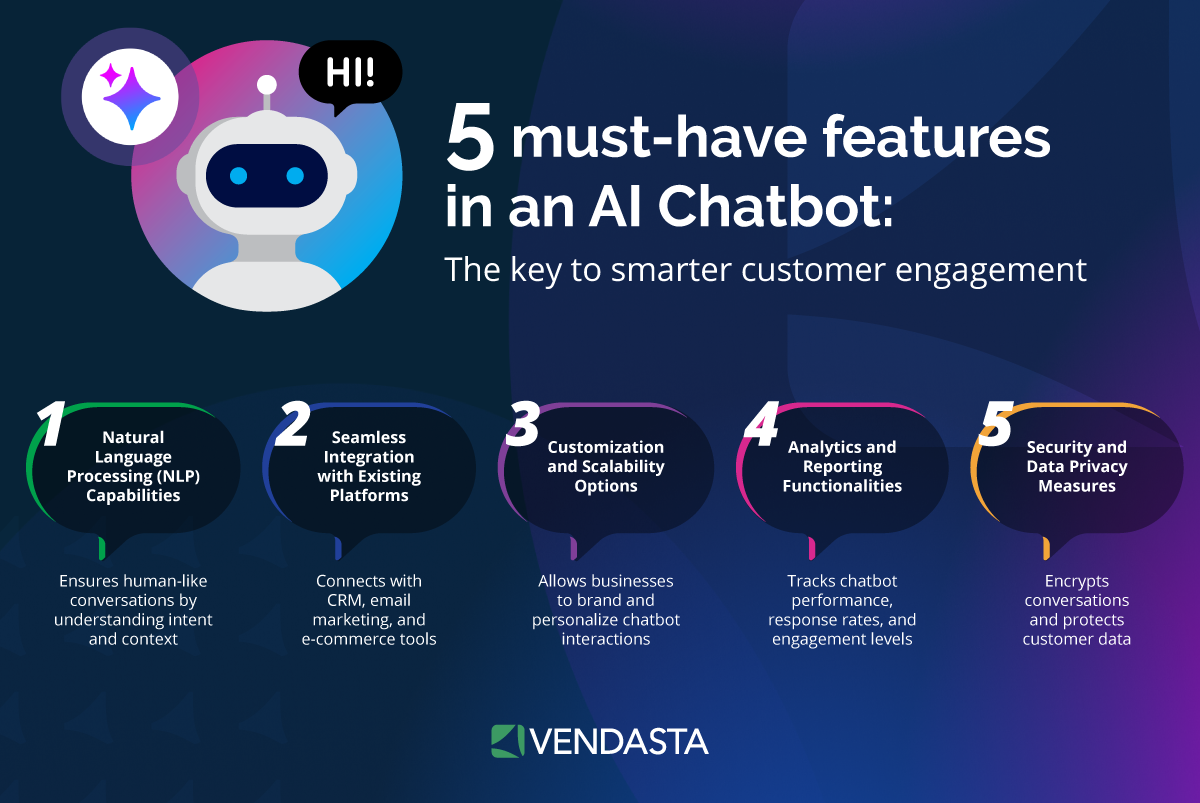
In a nutshell, conversational AI is the intelligence that powers 24/7 AI employees capable of answering calls, qualifying leads, providing customer support, and even recommending the next best action—across voice, chat, email, and social media.
How Conversational AI Works
At a high level, conversational AI works by combining several layers of artificial intelligence to understand and respond to human language in real time. It continuously learns from interactions, making them smarter and more effective over time.
Here’s a breakdown of the main components that make conversational AI work:
- Natural Language Processing (NLP): NLP enables AI systems to break down and interpret human language. This includes tokenization (splitting sentences into words or phrases), part-of-speech tagging, and sentiment analysis, allowing the AI to recognize intent and context.
- Natural Language Understanding (NLU): While NLP processes language, NLU goes deeper to determine meaning. It interprets slang, regional phrases, and variations in wording so that the AI understands what customers actually mean, not just what they say.
- Machine Learning (ML): Machine learning powers the AI’s ability to improve over time. By analyzing previous interactions and outcomes, conversational AI refines its responses and predictions, ensuring accuracy and more human-like conversations.
- Dialogue Management: This is the “brain” of conversational AI, managing the flow of conversation. Dialogue management decides what the AI should say next, when to ask clarifying questions, or when to escalate the interaction to a human agent.
- Integration with Business Data: For SMBs, this is where conversational AI becomes a game-changer. When connected to CRM systems, booking tools, or e-commerce platforms, AI can personalize responses by checking availability, processing orders, or recommending the next best product in real time.
- Omni-Channel Deployment: Modern conversational AI works across voice, chat, SMS, email, and social platforms, ensuring a seamless customer experience wherever the conversation happens.
Together, these components make conversational AI far more powerful than basic automation. It builds client relationships by remembering context, adapting to customer behavior, and ensuring that every interaction feels tailored and responsive.
Why Conversational AI Is Now the Key to Customer Acquisition

As Luke Stanton from Neighborly shared during Vendasta Connect, the numbers tell a sobering story:
- 85% of customers won’t call back if their first attempt to connect fails.
- 40% of companies never follow up at all after initial contact.
- 30% of potential customers go straight to competitors.
- 60% of customers abandon silently, without giving feedback.
These statistics highlight a hidden leak in the customer journey: missed conversations. Every unanswered phone call, delayed follow-up, or neglected message translates directly into lost revenue and customer loyalty.
If you want to dive deeper into these insights, you can watch the full presentation from Luke Stanton at Vendasta Connect. In his talk, he unpacks the data, shares real-world examples, and explains strategies businesses can use to stop missing out on valuable customer conversations.
This is where conversational AI plays a crucial role. By ensuring that no customer inquiry goes unanswered, AI-powered receptionists, chat assistants, and voice systems can capture leads the moment they appear—whether it’s after hours, during peak call volume, or through digital channels like social media.
It’s also important to remember that conversational AI doesn’t just respond; it nurtures prospects, qualifies leads, and moves them toward conversion automatically.
For small and medium-sized businesses, this levels the playing field. Instead of losing prospects to unreturned calls or competitors with faster response times, you can deliver the kind of always-on, personalized engagement customers expect.
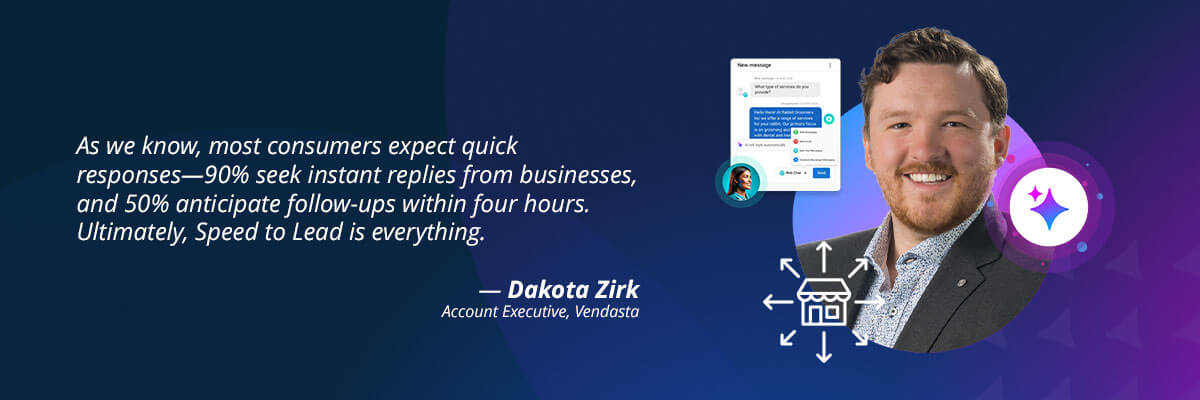
Real-World Business Use Cases That Go Beyond Support
Conversational AI is transforming core business functions that directly drive revenue and customer loyalty. Here are some of the most powerful use cases:
- Lead generation and qualification: Instead of relying solely on forms or delayed callbacks, conversational AI engages prospects the moment they reach out. It can ask qualifying questions, capture key details, and even score leads based on readiness to buy—ensuring sales teams focus on the highest-value opportunities.
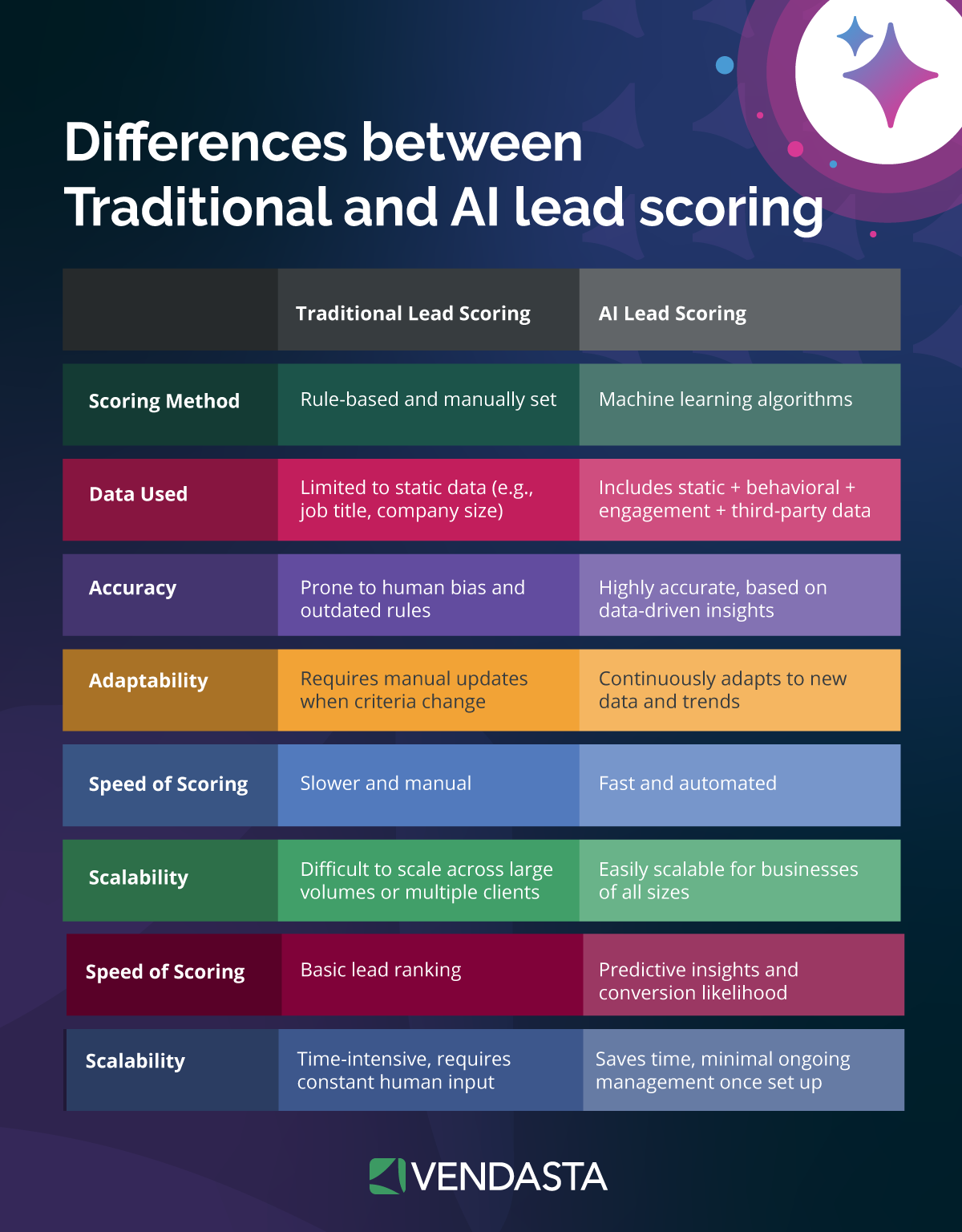
- Appointment booking: From service-based businesses to healthcare and professional offices, missed calls often mean missed revenue. Conversational AI receptionists can check availability, schedule appointments, and send confirmations in real time, reducing no-shows and boosting efficiency.
- Sales nurturing and upselling: AI doesn’t just answer questions—it can guide customers further down the funnel. By analyzing past interactions and purchase history, conversational AI can recommend add-on services, upsell complementary products, or nudge prospects toward a decision with timely follow-ups.

- Review requests and reputation management: Customer reviews are critical for local businesses, but asking for them consistently can be a challenge. Conversational AI can automatically send personalized review requests after an appointment or purchase, helping businesses build trust and strengthen their online reputation.
- Cross-channel engagement (phone, chat, SMS, social): Conversational AI ensures consistency across every touchpoint—whether it’s answering a call, responding to a Facebook message, or following up via SMS—so no customer falls through the cracks.
If you want to see these strategies in action, don’t miss Bryan Larson’s presentation on how AI is rewriting the customer journey. In this video, Vendasta’s VP of Strategy explains why zero-click searches and conversational AI are reshaping discovery, how chatbots and voice AI drive real-time conversions, and what it takes to stay competitive in an AI-first world.
Agency Advantage: Packaging Conversational AI as a Service
Agencies can offer conversational AI in multiple ways, from white-label AI receptionists to omnichannel chat and voice assistants.
Instead of SMBs managing the complexity of setup and integration, the agency takes the role of trusted advisor—deploying AI quickly and managing it on their behalf.
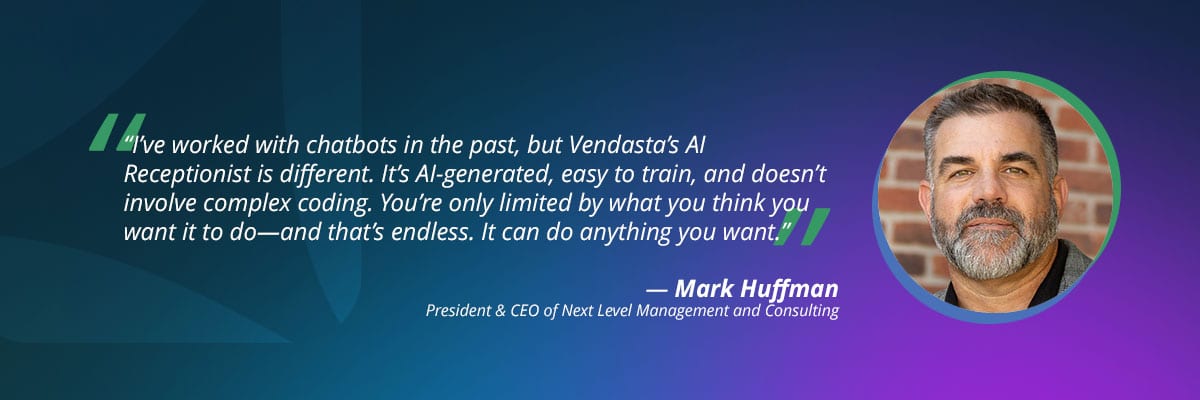
This not only adds a new revenue stream but also deepens client reliance on the agency’s expertise.
Agencies have flexibility in how they package conversational AI:
- Subscription-based pricing, with monthly tiers based on conversation volume or number of channels supported.
- Bundled solutions, where conversational AI is included alongside digital marketing, SEO, or reputation management packages.
- Value-based pricing, where agencies demonstrate ROI through metrics like lead capture rates, reduced missed calls, or increased bookings.
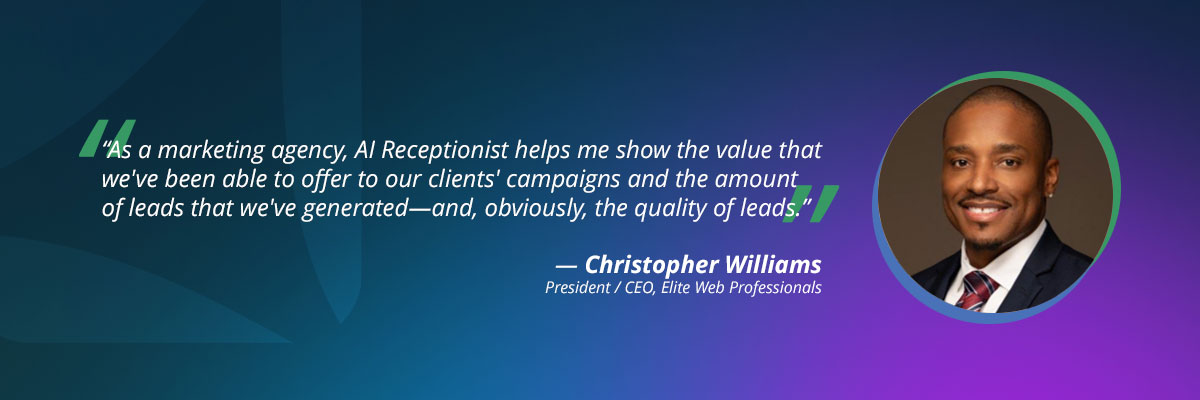
Positioning is key. Agencies should frame conversational AI not as “just a chatbot,” but as a full-fledged AI employee that captures leads, nurtures customers, and drives revenue.
By highlighting the hidden costs of missed opportunities—such as the 85% of customers who won’t call back—agencies can show SMBs that the investment pays for itself many times over.
How Agencies and Franchises Win with Conversational AI
The impact of conversational AI is best seen through real business results. Agencies using Vendasta’s AI Receptionist, powered by Conversations AI, have transformed missed opportunities into measurable growth for their clients.
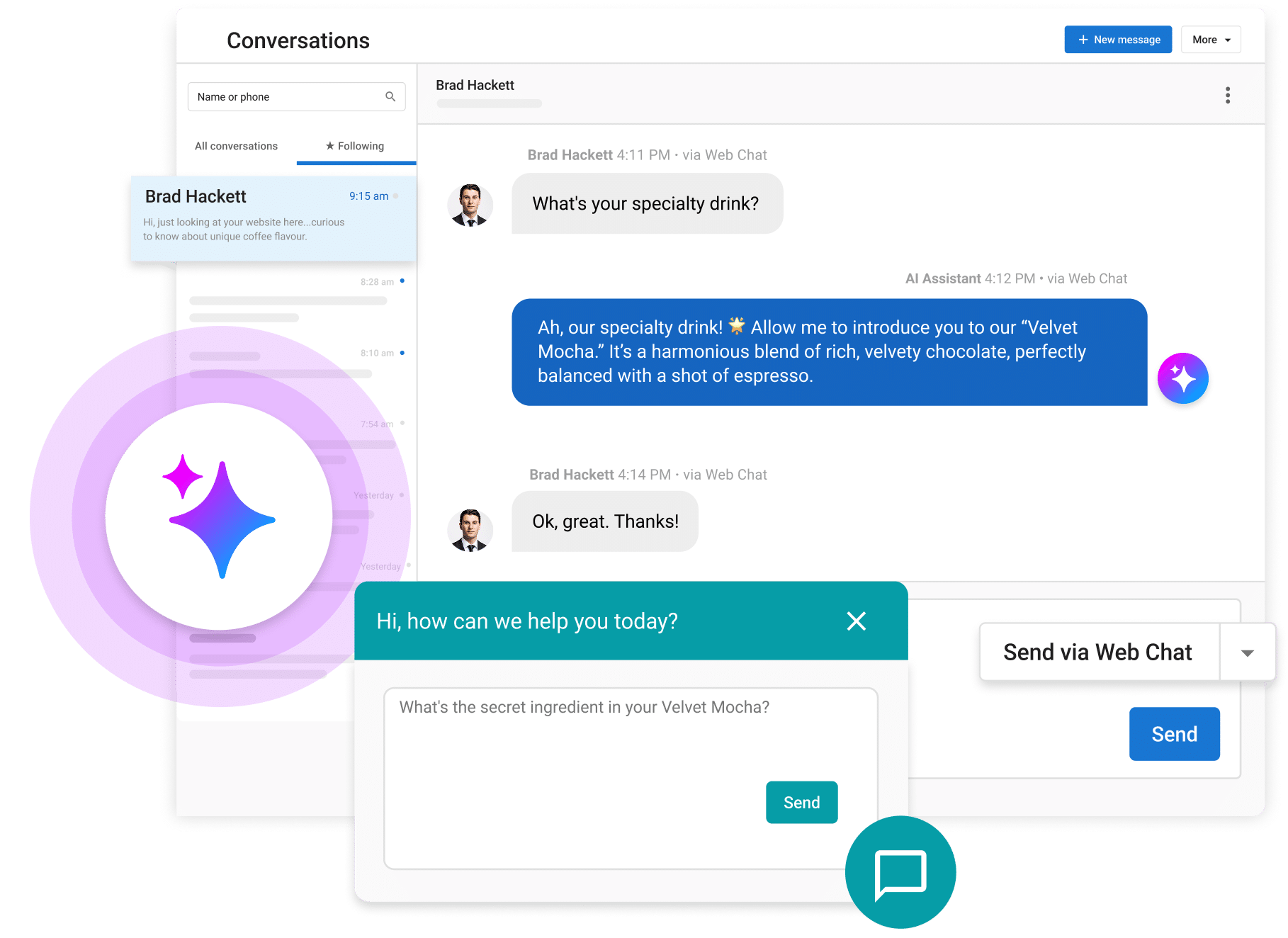
Live 360 Marketing: From missed leads to 24/7 growth.
Before implementing conversational AI, Live 360 Marketing’s clients struggled with unanswered calls and lost leads outside of business hours.
By deploying Vendasta’s AI Receptionist, the agency ensured that every inquiry was answered in real time.
The result: a 70% boost in ROI, driven by higher lead capture rates and improved conversion. What once were missed calls are now revenue-generating conversations—day or night.
Elite Web Professionals: Capturing 700+ qualified leads in 4 months.
Elite Web Professionals worked with a client that was consistently losing potential customers to competitors due to delayed follow-ups.
With Vendasta’s AI Receptionist, the agency was able to automatically capture and qualify. In just four months, the client generated over 700 qualified leads—leads that would have otherwise been lost.
For Elite Web Professionals, conversational AI created a new growth engine for their client.
Neighborly: Turning lead leaks into revenue growth.
Neighborly’s experience highlights how easily potential revenue can slip away without timely engagement. Nearly 30% of leads generated were not being contacted, leaving growth on the table.
By using AI to ensure every inquiry received immediate attention, they captured 35.7K unique conversations that translated into 18K leads generated, 11.7K leads qualified, and 3.4K leads converted.
The impact was dramatic: a 372% increase in leads converted to revenue compared to the prior year.
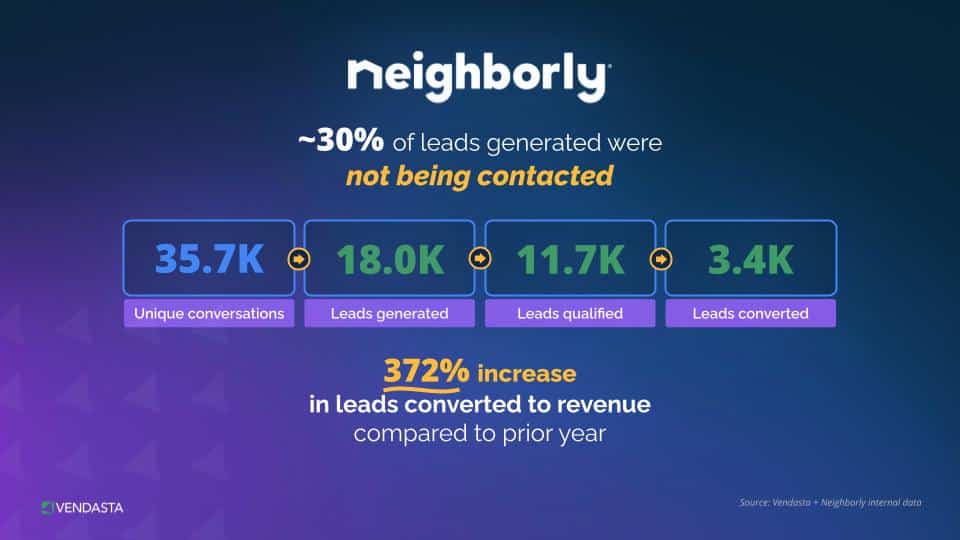
Want to hear more inspiring stories directly from agencies that are living this transformation? Watch the panel hosted by Nykea Behiel featuring Nick Prentice of Blue River Digital and Michael Klabon of The Xcite Group. They share how AI receptionists turned missed calls into nonstop qualified leads, automated client communication, and even won over clients who once resisted AI.
Building a Conversational AI Strategy in 5 Steps
Implementing conversational AI isn’t just about deploying a chatbot—it’s about building a strategy that drives customer acquisition, engagement, and long-term loyalty.
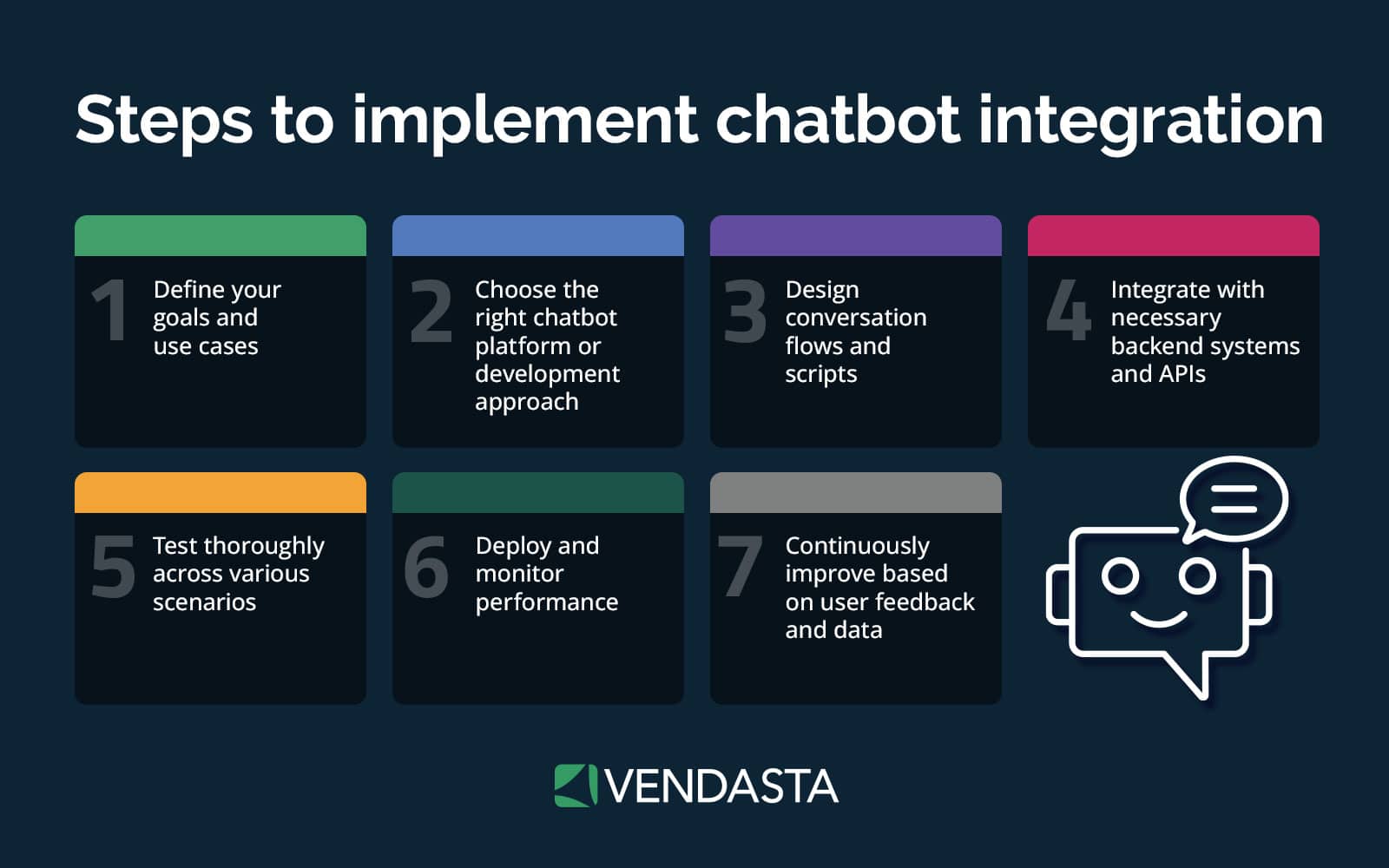
Whether you’re a business owner or an agency supporting SMB clients, following a structured approach ensures your investment pays off.
Step 1: Define your customer journey goals.
Start by mapping where conversations can make the biggest impact. Do you want to capture more leads, reduce missed calls, improve customer support, or boost online reviews?
Clear objectives will shape the type of conversational AI you need and the AI customer experience metrics you’ll use to measure success.
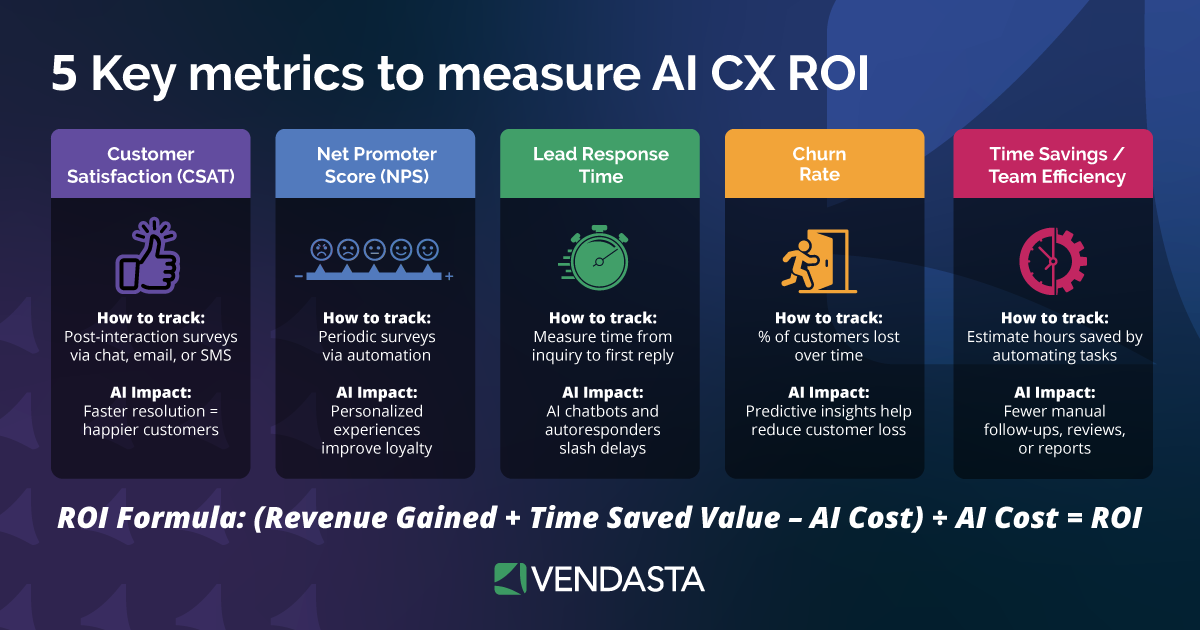
Step 2: Choose the right conversational AI channels.
Customers expect seamless experiences across multiple touchpoints. Decide where conversational AI can add the most value—whether that’s on your website, over the phone, through SMS, or across social media platforms.
An omni-channel approach ensures you meet customers wherever they prefer to connect.
Step 3: Connect AI to your business data.
The real power of conversational AI comes from personalization.
Integrate your AI with CRM, booking systems, and e-commerce platforms so it can pull in context like past purchases, appointment history, or customer preferences.
This makes every interaction feel human and relevant.
Step 4: Balance automation with human support.
Conversational AI can handle a large share of inquiries, but some conversations will still require human expertise.
Build seamless handoff processes so when an AI receptionist or virtual assistant can’t resolve an issue, the customer is quickly routed to a live team member without losing context.
Step 5: Monitor, optimize, and scale.
Regularly review performance metrics such as lead capture rates, appointment bookings, response times, and customer satisfaction scores, such as NPS.
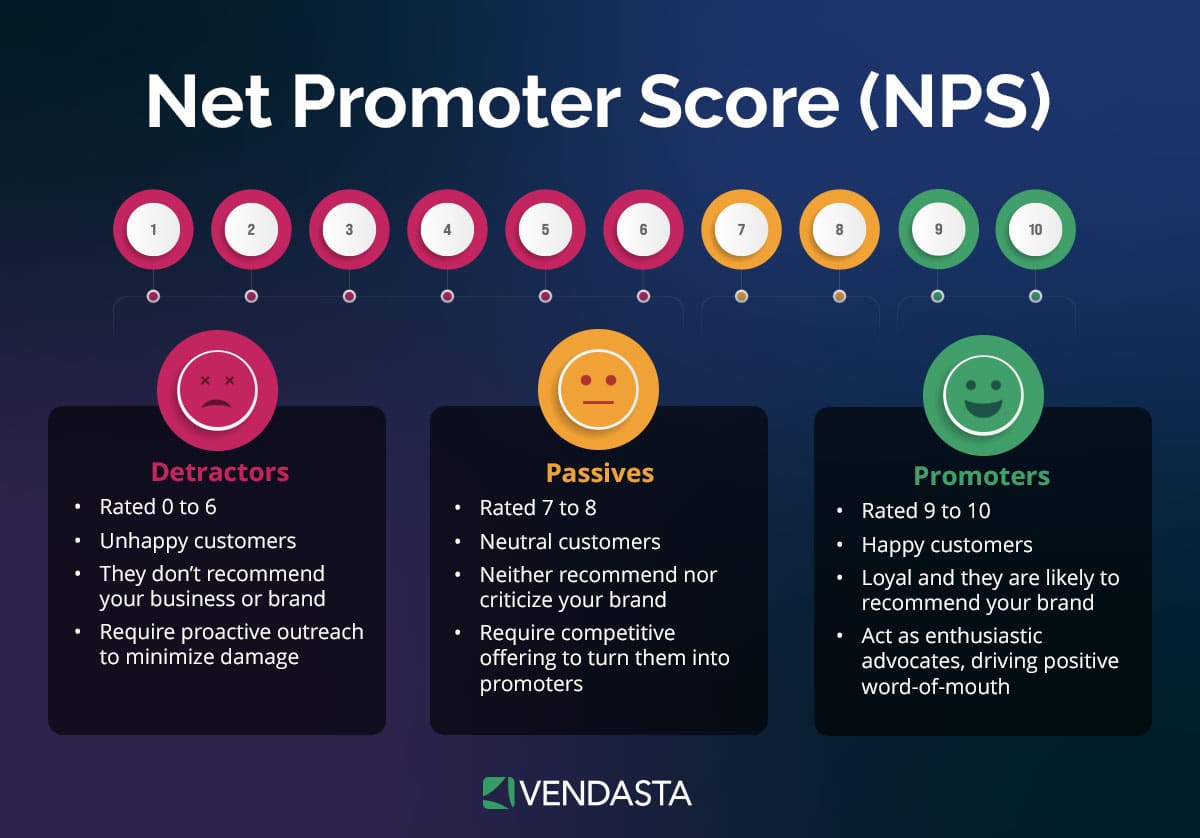
Use these insights to refine scripts, expand into new channels, and scale AI across more areas of the business.
Avoiding the Common Pitfalls
Missteps can undermine customer trust, reduce adoption, and limit ROI. By being aware of common pitfalls, you can build a conversational AI strategy that delivers consistent value.
1. Treating conversational AI as “just a chatbot.”
Many companies mistake conversational AI for a basic FAQ bot with canned responses. True conversational AI should be context-aware, personalized, and integrated into business systems. Limiting it to scripted Q&A keeps you from realizing its full potential.
2. Ignoring human handoff.
AI can handle most routine inquiries, but some situations require empathy and expertise only a human can provide. Failing to design a smooth transition from AI to live staff risks frustrating customers who feel “stuck in a loop.” The best solutions balance automation with human touch.
3. Over-automating without personalization.
Customers expect relevance. If AI responses feel generic or fail to account for past interactions, they won’t build trust. Integration with CRM, booking tools, and purchase history ensures your AI sounds less robotic and more like a knowledgeable team member.
4. Neglecting omni-channel consistency.
If your AI works on your website but fails over the phone or social media, you’re creating friction. Today’s customers switch channels fluidly—your conversational AI must deliver the same quality of engagement across voice, chat, SMS, and social platforms.
5. Failing to measure and optimize.
Launching conversational AI isn’t a “set it and forget it” exercise. Businesses that don’t track metrics like response time, lead capture rates, or customer satisfaction miss opportunities to refine performance. Continuous learning and optimization are what make AI smarter over time.
6. Lacking transparency with customers.
If customers don’t realize they’re talking to AI, they may feel misled. Best practice is to be upfront—position your AI as a helpful assistant or receptionist while making it easy to reach a human if needed. This builds trust and avoids negative experiences.
If you want to go deeper on how to avoid common pitfalls, watch Jon Neher’s presentation on automating customer service the right way. In this session, he shows how AI-powered receptionists and custom AI employees handle calls, chats, bookings, follow-ups, and even reviews—without falling into the traps that cost businesses leads and trust.
The Future of Conversational AI: Predictions for the Next 3 Years
Over the next three years, several trends are set to shape the future of conversational AI and how small and medium-sized businesses (SMBs) leverage it to stay competitive.
1. Hyper-personalization powered by deeper data integration.
By connecting to broader datasets, such as CRM, purchase history, and behavioral analytics, conversational AI will deliver experiences that feel uniquely tailored to each customer.
2. Voice AI is becoming mainstream.
Voice interactions are growing as customers increasingly use smart speakers, mobile voice assistants, and call-in systems. In the next three years, conversational AI will extend beyond chat to provide natural, fluid voice conversations that rival human receptionists—transforming industries like healthcare, home services, and retail where phone calls still dominate.
3. Seamless human-AI collaboration.
The next generation of conversational AI won’t replace human workers; it will empower them. Smart handoffs, real-time AI coaching, and context sharing will allow humans and AI to work together effortlessly. This hybrid approach ensures businesses maintain empathy while scaling efficiency.
4. Democratization of enterprise-level AI for SMBs
Thanks to AI customer acquisition and engagement platforms like Vendasta, advanced conversational AI will no longer be limited to Fortune 500 companies.
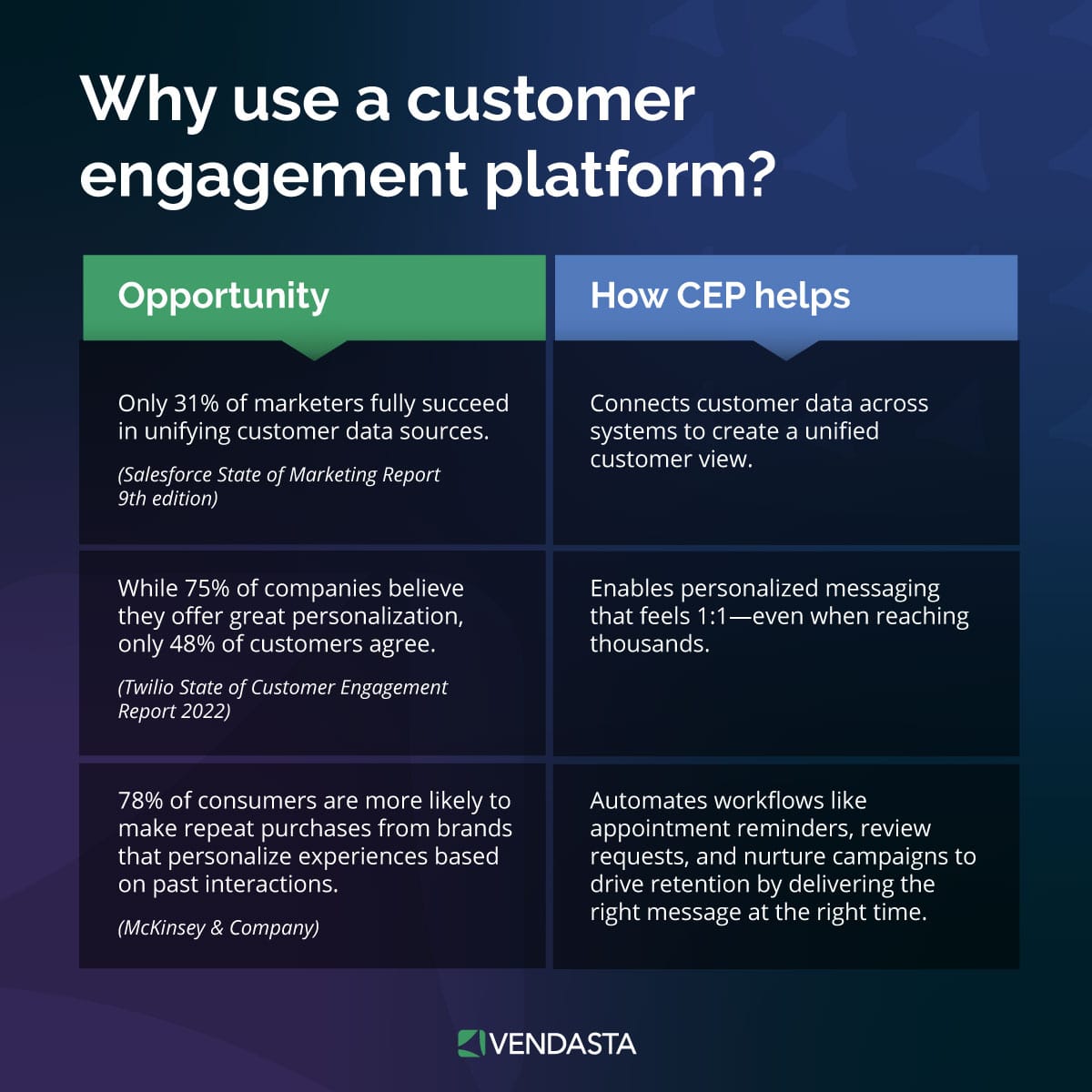
Over the next three years, SMBs will gain affordable access to out-of-the-box AI receptionists, virtual assistants, and cross-channel engagement tools—allowing them to compete with larger players without the need for in-house AI teams.
5. Regulatory and ethical focus.
As AI adoption grows, so will expectations around transparency, data privacy, and responsible use. Businesses that adopt conversational AI will need to prioritize compliance and customer trust, making ethical AI use a differentiator in the marketplace.
Conclusion
Conversational AI has shifted from being a simple support tool to becoming a true growth engine.
No longer limited to answering questions, it now captures leads, books appointments, nurtures sales, requests reviews, and engages customers across every channel.
For SMBs, this means turning every interaction into an opportunity. For agencies, it’s a chance to deliver scalable, high-impact services that drive measurable ROI.
The key is to start small—whether with an AI receptionist to reduce missed calls or a chatbot to qualify leads—and then scale as your customers’ needs grow.
By building conversational AI into your acquisition and engagement strategy, you’ll unlock efficiencies that free up staff time while creating better, faster, more personalized experiences for customers.
Now is the time to act. Explore how Vendasta’s AI customer acquisition and engagement platform can help your business or clients grow, or watch the replay of From First Call to Five Stars to see how AI is transforming customer experiences today.
Conversational AI FAQs
1. What is conversational AI?
Conversational AI is technology that enables machines to understand and respond to human language naturally. It powers chatbots, voice assistants, and AI receptionists. Unlike rule-based bots, it uses natural language processing (NLP) and machine learning to deliver personalized, context-aware conversations.
2. How does conversational AI work?
Conversational AI works by processing user input, interpreting intent, and generating relevant responses. It uses NLP, machine learning, and data integration to deliver accurate, real-time conversations. Platforms like Vendasta enhance this by connecting AI with CRM and booking systems for personalized customer interactions.
3. Is conversational AI the same as a chatbot?
No. While chatbots often rely on scripted answers, conversational AI can interpret intent, adapt to customer behavior, and learn over time. It’s the intelligence behind AI receptionists, voice systems, and omni-channel assistants that provide more natural, human-like experiences.
4. Why is conversational AI important for customer acquisition?
Conversational AI ensures no lead goes unanswered. By capturing inquiries instantly—through calls, chat, SMS, or social—it helps businesses convert more prospects.
Vendasta’s AI Receptionist, for example, enables SMBs to engage customers 24/7, turning missed opportunities into revenue.
5. Can small businesses afford conversational AI?
Yes. Thanks to platforms like Vendasta, conversational AI is no longer just for enterprise brands. SMBs can access affordable, out-of-the-box AI employees that handle calls, book appointments, and nurture leads—without needing in-house AI expertise.
6. What industries benefit most from conversational AI?
Conversational AI benefits industries that rely on customer engagement, including healthcare, home services, retail, and hospitality. From appointment scheduling to lead capture, it scales customer interactions. Agencies can also package it as a service to create new recurring revenue streams.
7. How can agencies resell conversational AI to clients?
Agencies can offer conversational AI as a managed service—deploying and optimizing AI receptionists, chat, and voice solutions on behalf of SMB clients.
Vendasta provides white-label AI employees, enabling agencies to add value, demonstrate ROI, and increase recurring revenue.
8. What are the main benefits of conversational AI?
Conversational AI improves response times, captures more leads, reduces missed calls, and delivers personalized experiences. It also saves staff time by automating routine tasks.
9. How does conversational AI integrate with my existing systems?
Modern conversational AI connects with CRM, booking tools, e-commerce platforms, and communication channels. This integration allows AI to personalize conversations based on customer history, ensuring responses are relevant and aligned with business goals.
10. Do customers know when they’re talking to AI?
Best practice is to be transparent. Customers appreciate knowing they’re interacting with AI, especially if it’s positioned as a helpful assistant. Vendasta’s AI Receptionist, for instance, is designed to sound natural while making it easy to escalate to a human if needed.
11. Does conversational AI replace human employees?
No. Conversational AI is meant to augment—not replace—human teams. It handles repetitive tasks like answering FAQs or booking appointments, freeing staff to focus on high-value interactions. This balance ensures efficiency without losing the human touch.
12. How can conversational AI improve customer retention?
By responding instantly and providing personalized interactions, conversational AI improves satisfaction and loyalty.
13. What are the risks of conversational AI?
Risks include over-automation, poor integration, and a lack of transparency. Businesses can avoid these pitfalls by choosing trusted platforms like Vendasta, which balance automation with human handoff and deliver scalable, ethical AI solutions.
14. Can conversational AI handle multiple languages?
Yes. Many conversational AI systems support multilingual capabilities, making them ideal for businesses with diverse customer bases.
15. How does conversational AI impact ROI?
Conversational AI directly impacts ROI by reducing missed calls, capturing more leads, and streamlining follow-ups. Case studies from Vendasta partners show up to 70% ROI growth and hundreds of qualified leads captured in just a few months.
16. What’s the difference between conversational AI and generative AI?
Conversational AI is considered a form of generative AI, but with a specific focus. While generative AI broadly refers to models that create new content (text, images, code, etc.), conversational AI applies those capabilities to natural dialogue. It uses natural language processing (NLP) and machine learning to generate human-like responses in real time.
17. Do I need technical expertise to implement conversational AI?
Not necessarily. Platforms like Vendasta make conversational AI turnkey—offering out-of-the-box AI receptionists that are easy to deploy. Agencies and SMBs can implement solutions quickly without needing an internal AI team.
18. Can conversational AI help with reputation management?
Yes. Conversational AI can automatically send review requests after interactions, respond to feedback, and encourage satisfied customers to share experiences. Vendasta’s AI tools help SMBs build stronger reputations and boost local search visibility.
19. How secure is conversational AI?
Security depends on the provider. Reputable platforms like Vendasta follow strict data privacy standards, ensuring customer information is handled responsibly. Choosing a trusted provider helps SMBs protect sensitive data while leveraging AI.
20. What’s next for conversational AI?
Over the next three years, expect hyper-personalization, mainstream adoption of voice AI, and smarter AI-human collaboration. Vendasta is leading this shift, giving SMBs AI employees that turn every conversation into a growth opportunity.



